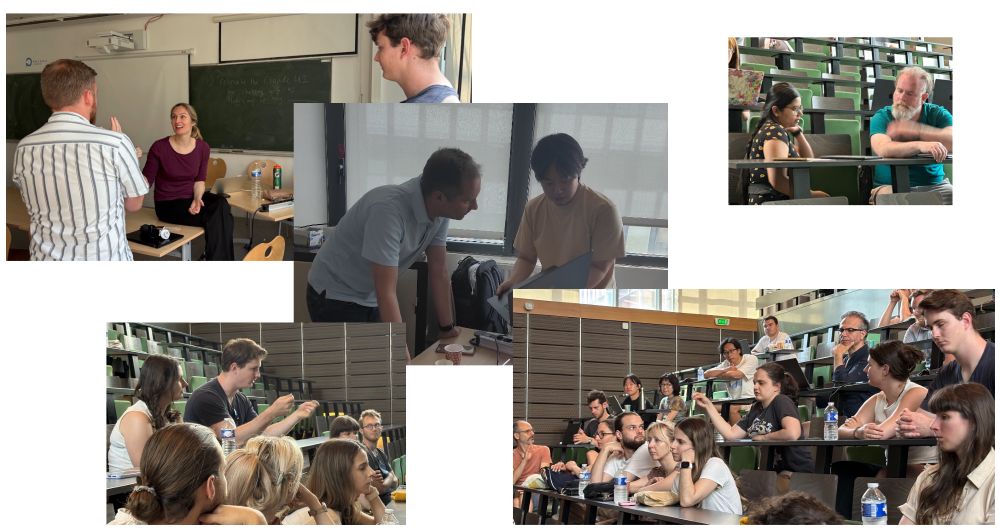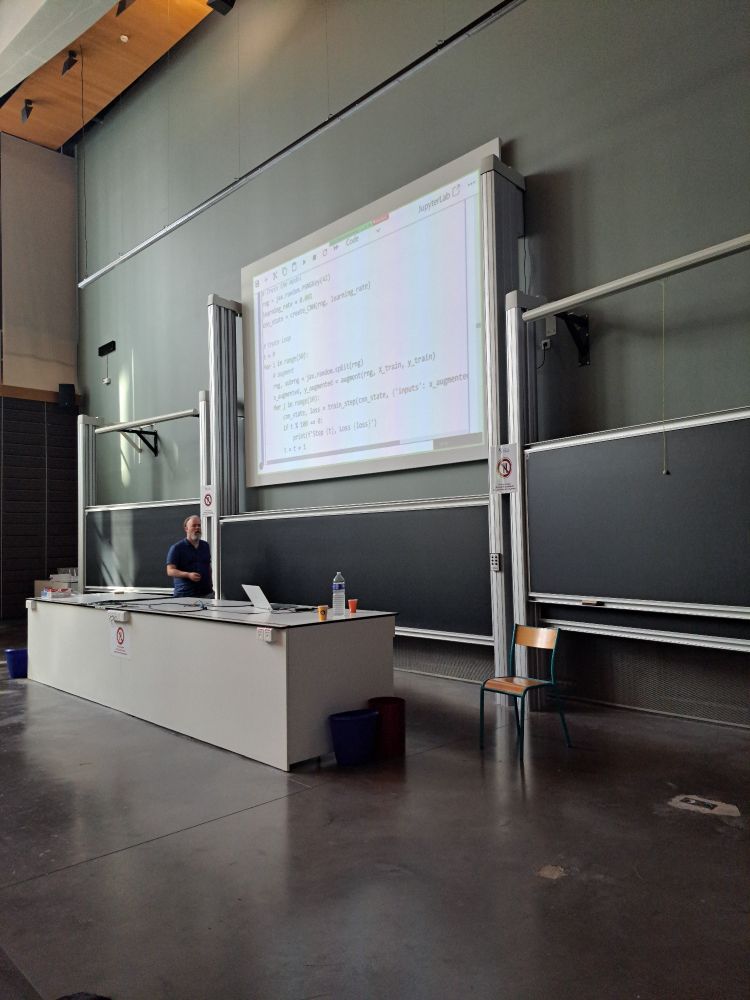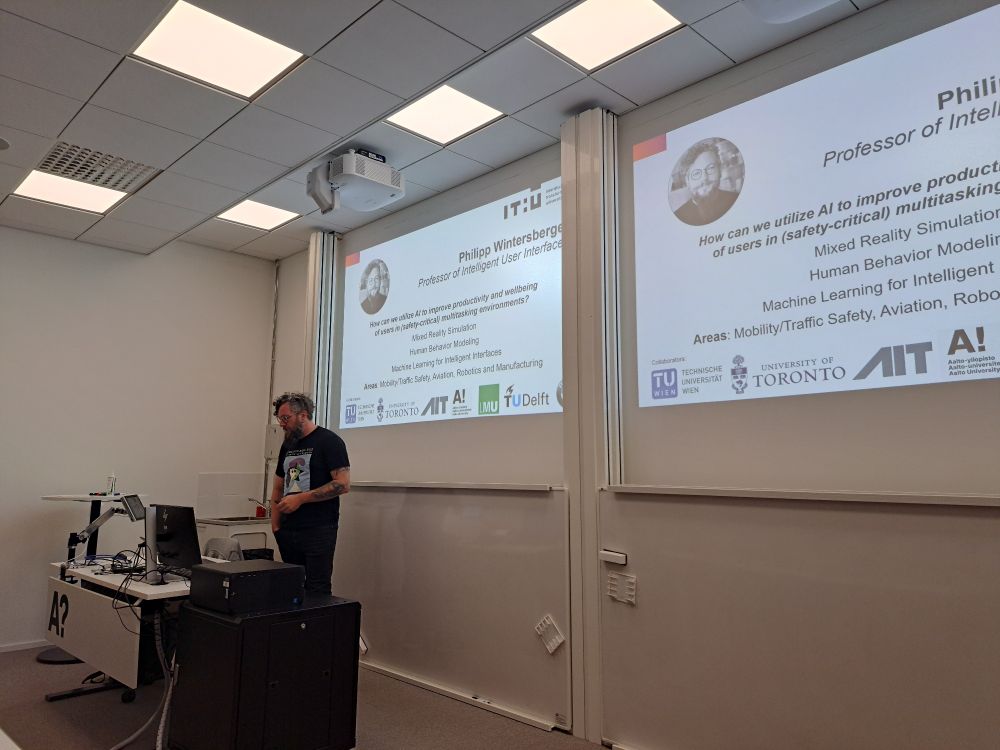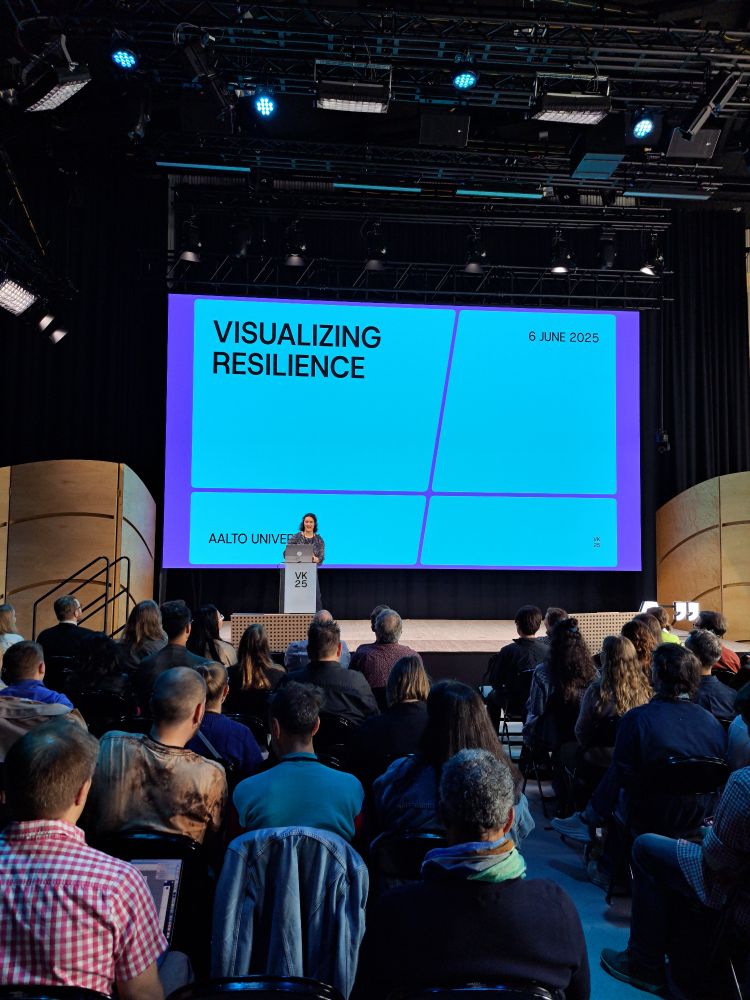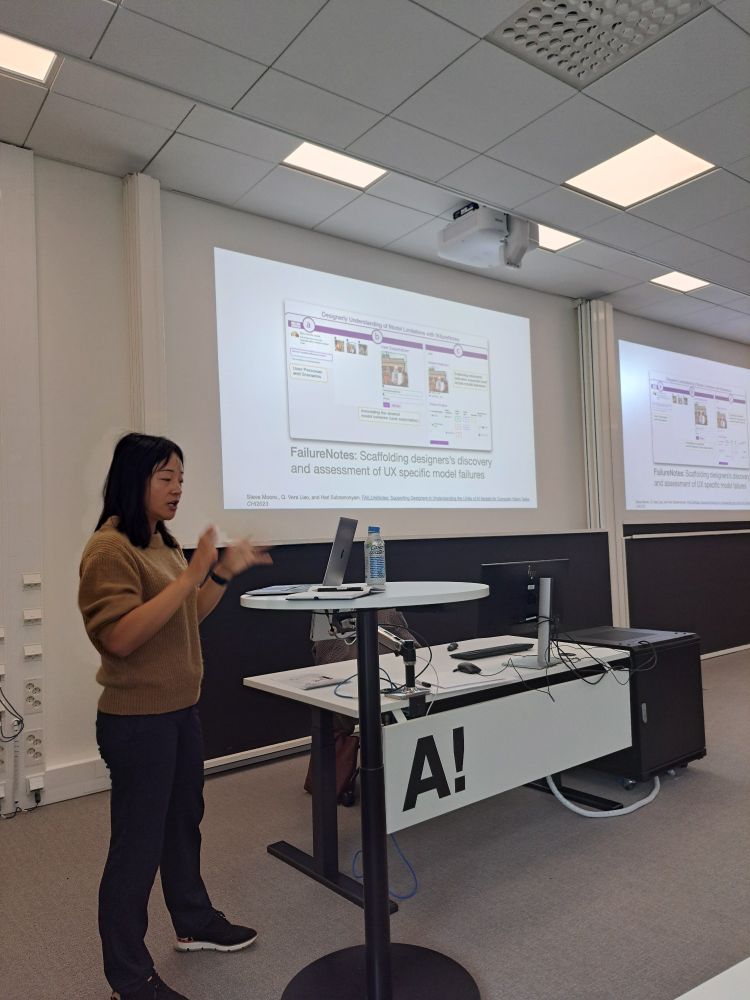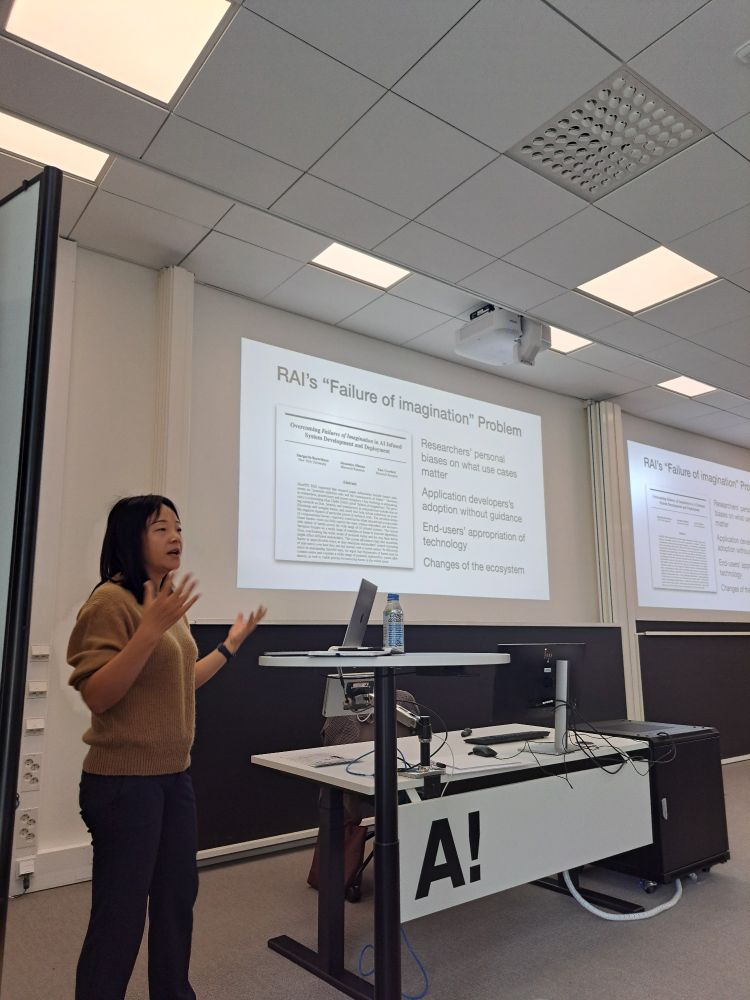
academic.oup.com/book/60808

academic.oup.com/book/60808







It's a method that, given keypress data only, infers how users move their eyes when they type. It uses a user simulator for data augmentation.
dl.acm.org/doi/pdf/10.1...
github.com/quintus0505/...

It's a method that, given keypress data only, infers how users move their eyes when they type. It uses a user simulator for data augmentation.
dl.acm.org/doi/pdf/10.1...
github.com/quintus0505/...

We're standing here in front of Dipoli, the beautiful main venue of the conference.
I look forward to hearing about these students as they move on after their PhDs.

We're standing here in front of Dipoli, the beautiful main venue of the conference.
I look forward to hearing about these students as they move on after their PhDs.
aaltodoc.aalto.fi/items/cf8487...

aaltodoc.aalto.fi/items/cf8487...

To push forward HCI, we need to do the same: sit down, think, and build models that help us tease out the fundamental questions -- and only then run empirical studies. Not the other way around.

To push forward HCI, we need to do the same: sit down, think, and build models that help us tease out the fundamental questions -- and only then run empirical studies. Not the other way around.
Preface here:
introductiontohci.org

Preface here:
introductiontohci.org
academic.oup.com/book/60808
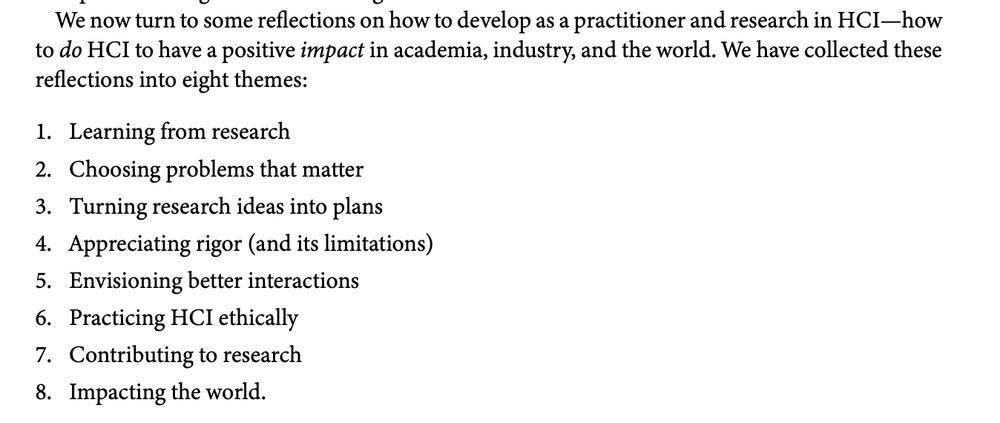
academic.oup.com/book/60808

In a nutshell, it's a new textbook for introductory-level HCI courses:
✅ 10 parts, covering the whole HCI process
✅ 864 pages and 1.9 kgs
✅ Open access (!)
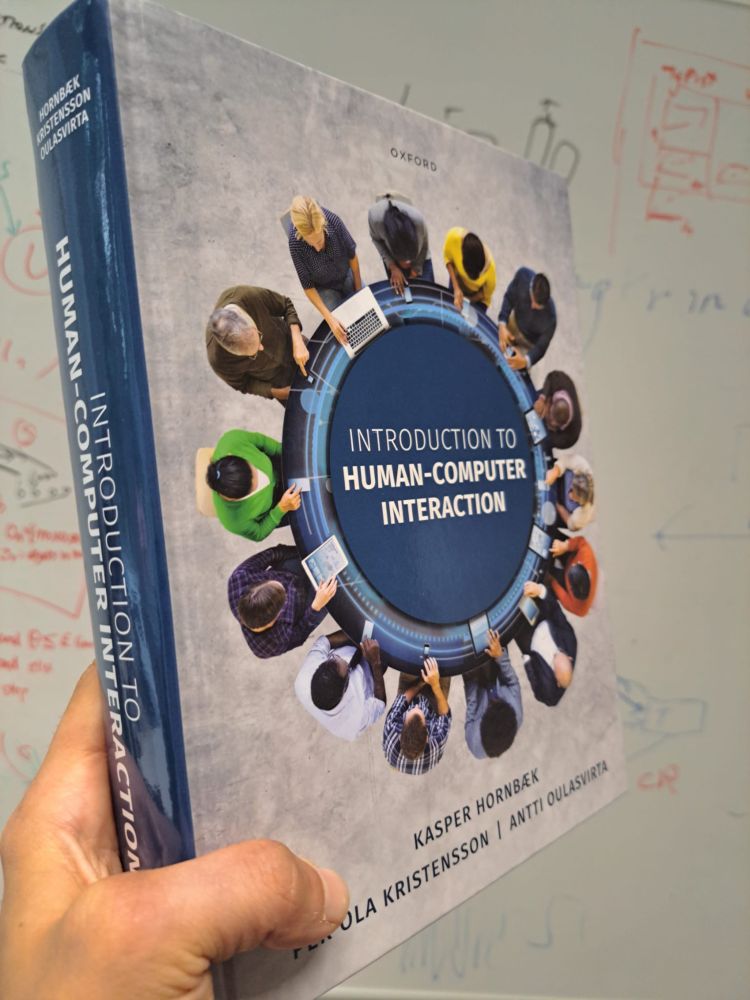
In a nutshell, it's a new textbook for introductory-level HCI courses:
✅ 10 parts, covering the whole HCI process
✅ 864 pages and 1.9 kgs
✅ Open access (!)
